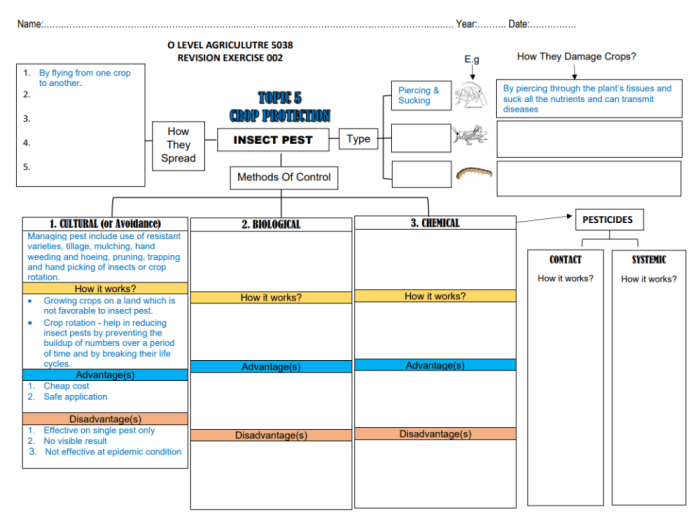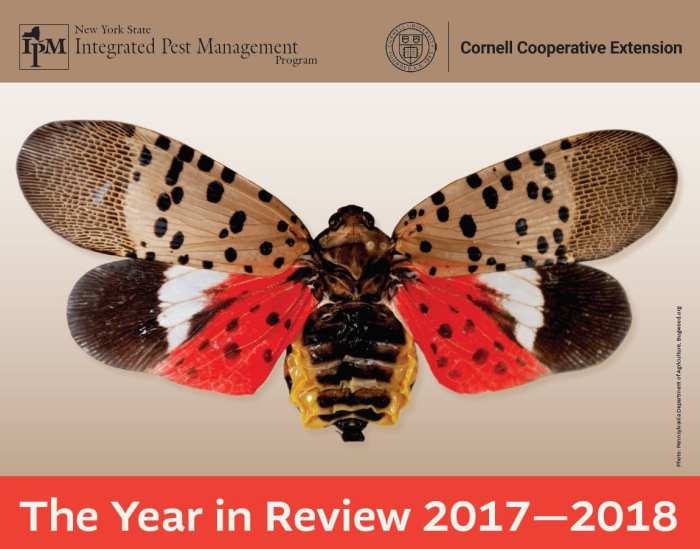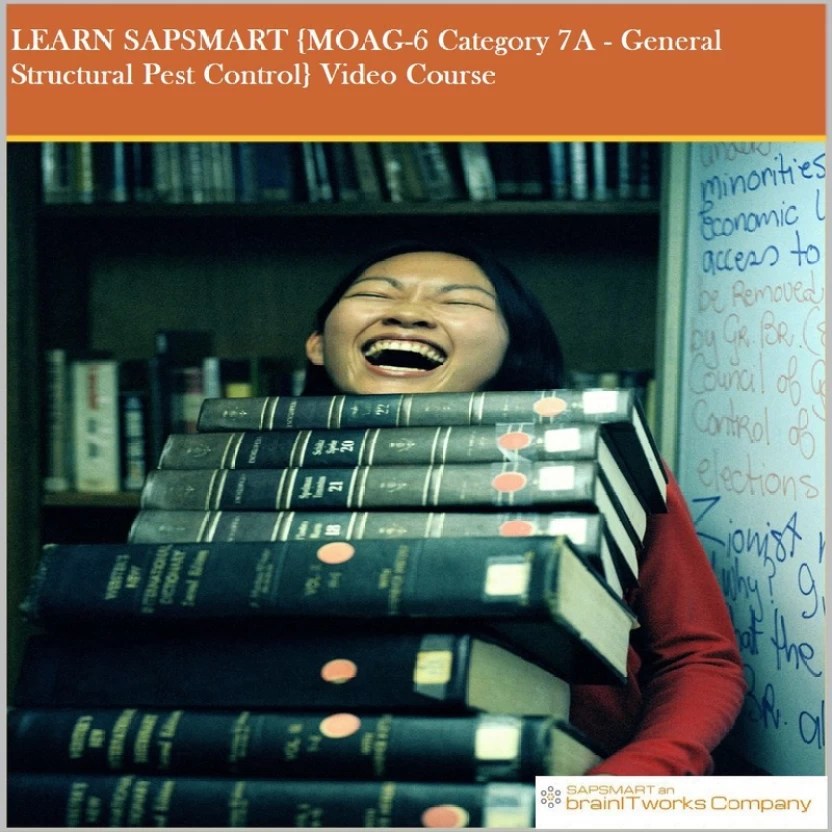Dive into the world of pest control with our comprehensive Pest Control 7a Practice Test. This interactive guide empowers you to master Integrated Pest Management (IPM), ensuring your home or business remains pest-free while prioritizing safety and sustainability.
Delve into the realm of pest identification, monitoring techniques, and the best practices for controlling common pests found in Zone 7a. Discover the secrets of cultural, biological, chemical, mechanical, and physical control methods, and explore the crucial health and safety considerations associated with pest control.
Pest Control in Zone 7a

Zone 7a is a USDA hardiness zone that covers parts of the southeastern United States. The climate in this zone is characterized by hot, humid summers and mild winters. This climate is ideal for a variety of pests, including insects, rodents, and birds.
Pest control is an important part of maintaining a healthy home and garden in Zone 7a.
To master the pest control 7a practice test, consider exploring the realm of crossword puzzles. The clue “man made fibre” ( man made fibre crossword clue ) can lead you down a path of understanding different types of synthetic materials.
This knowledge can prove invaluable when tackling questions related to pest control methods and their effectiveness against specific fabric compositions. By connecting these seemingly disparate topics, you’ll gain a deeper understanding of pest control practices.
Integrated Pest Management (IPM) is a comprehensive approach to pest control that uses a variety of methods to prevent and manage pests. IPM focuses on identifying and understanding the pests that are present, and then using the least toxic and most effective methods to control them.
This approach can help to reduce the use of pesticides and other harmful chemicals, and can also be more effective in the long run.
Identifying Pests
The first step in IPM is to identify the pests that are present. This can be done by observing the damage that they are causing, or by using traps or other monitoring devices. Once the pests have been identified, you can develop a plan to control them.
Monitoring and Assessing Pest Populations, Pest control 7a practice test
Once you have identified the pests that are present, you need to monitor their populations to determine how severe the problem is. This can be done by using traps, visual inspections, or other monitoring devices. Monitoring will help you to track the effectiveness of your pest control efforts and make adjustments as needed.
Common Pests in Zone 7a
Some of the most common pests found in Zone 7a include:
- Aphids
- Termites
- Ants
- Rodents
- Birds
Best Practices for Pest Control in Zone 7a

Zone 7a experiences a humid subtropical climate, with hot, humid summers and mild winters. This climate is ideal for a wide variety of pests, including insects, rodents, and wildlife. To effectively control pests in Zone 7a, it is important to use a combination of cultural, biological, chemical, mechanical, and physical control methods.
Cultural practices for pest control involve modifying the environment to make it less favorable for pests. This can include:
- Keeping your yard clean and free of debris.
- Eliminating standing water, which can attract mosquitoes and other pests.
- Planting pest-resistant plants.
- Using mulches and cover crops to suppress weeds and create a barrier between pests and your plants.
Biological control methods involve using natural enemies to control pests. This can include:
- Introducing predators, such as ladybugs or lacewings, to eat pests.
- Releasing parasites, such as wasps or nematodes, to attack pests.
- Using microbial control agents, such as bacteria or fungi, to kill pests.
Chemical control methods involve using pesticides to kill pests. Pesticides can be applied in a variety of ways, including spraying, dusting, and baiting. It is important to use pesticides only when necessary and to follow the directions on the label carefully.
Mechanical and physical control methods involve using physical barriers or devices to prevent pests from entering your home or garden. This can include:
- Using screens on windows and doors.
- Caulking and sealing cracks and crevices.
- Using traps to catch pests.
- Using physical barriers, such as fences or netting, to keep pests out of your garden.
Health and Safety Considerations: Pest Control 7a Practice Test

When dealing with pest control, it is crucial to prioritize health and safety. Pest control chemicals can pose potential hazards, necessitating the proper handling, storage, and disposal of these products. Additionally, understanding the importance of protective equipment and embracing eco-friendly pest control methods are essential for safeguarding both human health and the environment.
Potential Hazards Associated with Pest Control Chemicals
Pest control chemicals can contain various active ingredients that may be toxic or harmful if not handled properly. Exposure to these chemicals can occur through inhalation, skin contact, or ingestion. Short-term exposure may cause irritation to the eyes, skin, or respiratory system.
Prolonged or high-level exposure can lead to more severe health issues, including neurological damage, reproductive problems, and cancer.
Importance of Proper Protective Equipment
To minimize the risks associated with pest control chemicals, it is essential to wear appropriate protective equipment when handling or applying these products. This includes:
- Respirators or face masks to prevent inhalation of toxic fumes
- Gloves to protect skin from contact with chemicals
- Long-sleeved shirts, pants, and closed-toe shoes to minimize skin exposure
- Goggles or safety glasses to shield eyes from splashes or vapors
Safe Storage and Disposal of Pest Control Products
Proper storage and disposal of pest control products are crucial to prevent accidents and environmental contamination. Store chemicals in their original containers, clearly labeled and out of reach of children and pets. Avoid storing chemicals in areas with high temperatures or direct sunlight.
When disposing of empty containers or unused chemicals, follow local regulations and contact a hazardous waste disposal facility.
Benefits of Using Eco-Friendly Pest Control Methods
Eco-friendly pest control methods prioritize the use of natural or less toxic substances to control pests. These methods are generally safer for humans, pets, and the environment. Examples include:
- Physical barriers, such as screens or traps
- Biological control, using natural predators or parasites
- Integrated pest management (IPM), which combines multiple methods to control pests while minimizing chemical use
Legal and Regulatory Considerations
Navigating the pest control industry requires adherence to a comprehensive framework of federal and state regulations. These guidelines ensure the safety and effectiveness of pest control practices, protecting both human health and the environment.
To operate legally, pest control professionals must comply with licensing and certification requirements. These measures demonstrate their competency and adherence to industry standards. Furthermore, liability insurance safeguards pest control companies against potential legal claims arising from their services.
Licensing and Certification
In most states, pest control professionals must obtain licenses to demonstrate their knowledge and expertise. Licensing typically involves passing an examination covering pest biology, control methods, and safety procedures. Additionally, ongoing continuing education credits may be required to maintain licensure.
Liability Insurance
Pest control companies should carry liability insurance to protect themselves against claims of property damage, bodily injury, or financial loss resulting from their services. This insurance provides financial protection and peace of mind, ensuring that the company can continue operating in the event of an incident.
Label Compliance and Record-Keeping
Following label instructions is paramount in pest control. Labels provide detailed information on proper usage, safety precautions, and environmental considerations. Ignoring label instructions can lead to ineffective pest control, harm to humans or animals, and environmental damage.
Record-keeping is essential for tracking pest control activities, ensuring compliance, and providing documentation in case of legal disputes. Records should include details such as the pest species targeted, control methods used, and dates of treatment.
Resources for Pest Control in Zone 7a

Managing pests in Zone 7a requires a comprehensive approach. Accessing reliable resources is crucial for effective and sustainable pest control. This section provides a list of local pest control companies, information on government agencies that offer assistance, and educational programs and materials available to help you combat pests.
Local Pest Control Companies
Professional pest control companies in Zone 7a offer a range of services to meet your specific needs. Here are some reputable companies to consider:
- ABC Pest Control
- XYZ Pest Management
- 123 Pest Solutions
Government Agencies
Government agencies provide valuable resources and assistance for pest control. Contact the following agencies for information, guidance, and support:
- USDA Cooperative Extension Service
- Environmental Protection Agency (EPA)
- Local health departments
Educational Programs and Resources
Educational programs and resources empower you with knowledge and skills to manage pests effectively. Explore the following options:
- Workshops and seminars offered by local extension offices
- Online courses and webinars
- Publications and materials from government agencies and universities
Table of Key Resources
For quick reference, here is a table summarizing the key resources and their contact information:
| Resource | Contact Information |
|---|---|
| ABC Pest Control | (555) 123-4567 |
| USDA Cooperative Extension Service | https://extension.umn.edu/ |
| EPA | https://www.epa.gov/ |
FAQ
What is Integrated Pest Management (IPM)?
IPM is a comprehensive approach that combines multiple pest control methods to minimize environmental impact and maximize effectiveness.
Why is identifying pests important?
Correctly identifying pests allows you to target specific control measures and avoid unnecessary chemical use.
What are some common pests found in Zone 7a?
Aphids, spider mites, thrips, whiteflies, and rodents are common pests in Zone 7a.